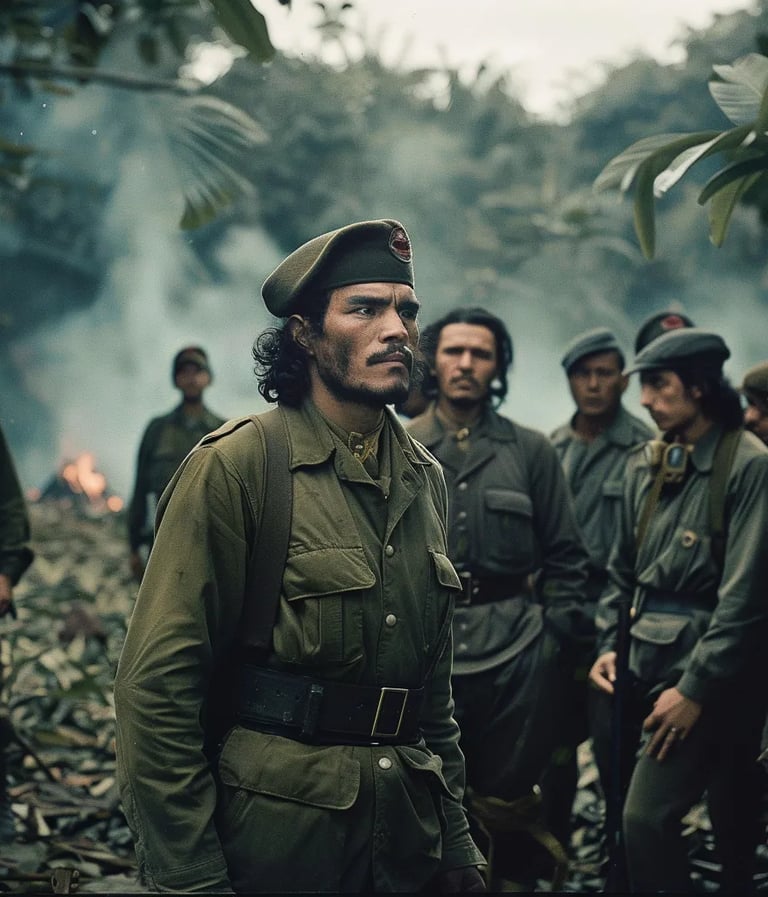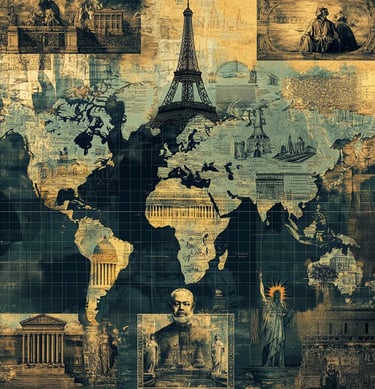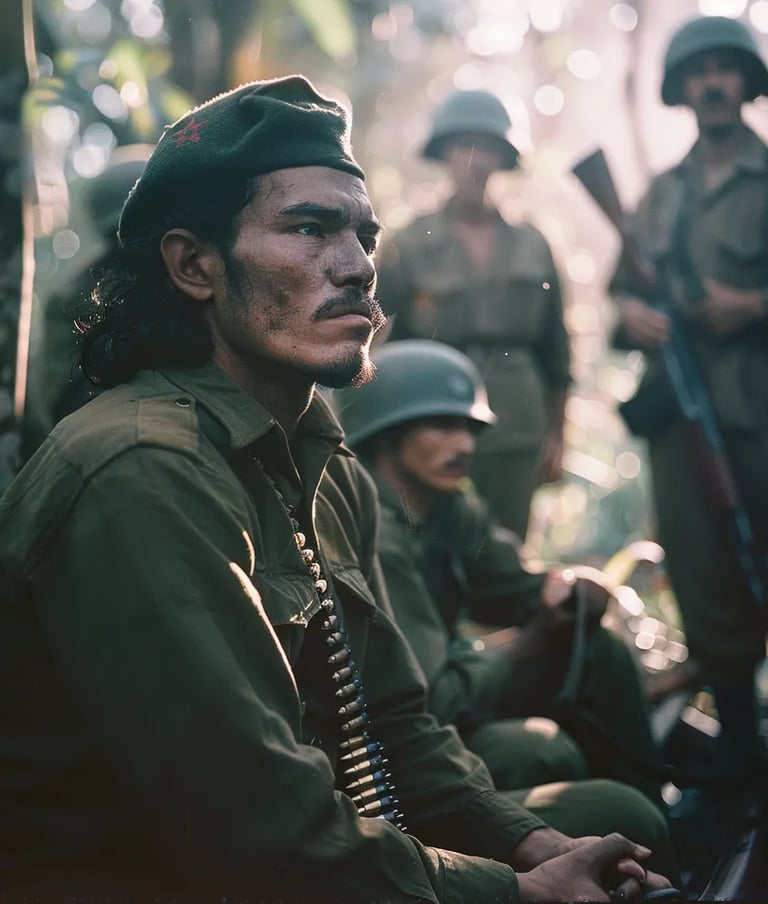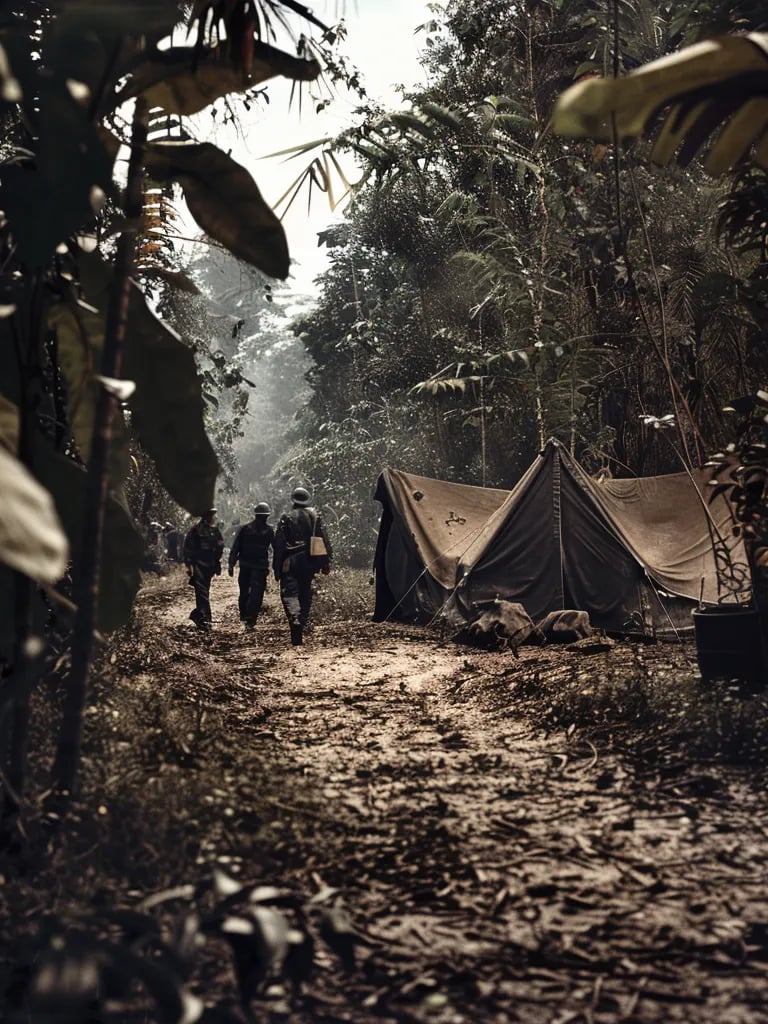The Spanish siege of Alkmaar was lifted after a determined resistance by its citizens, marking the first major Dutch victory in the Eighty Years' War. This success bolstered Dutch morale and resistance against Spanish oppression. The lifting of the siege became a symbol of defiance and a significant turning point in the Netherlands' eventual fight for independence from Spanish rule.
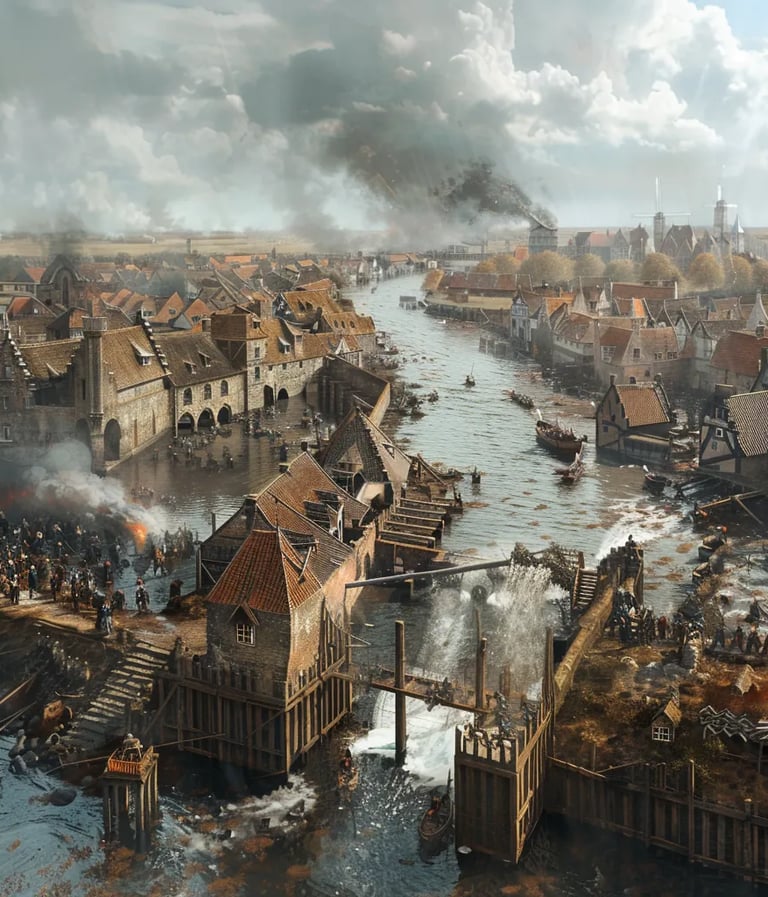

1573 – End of the Siege of Alkmaar


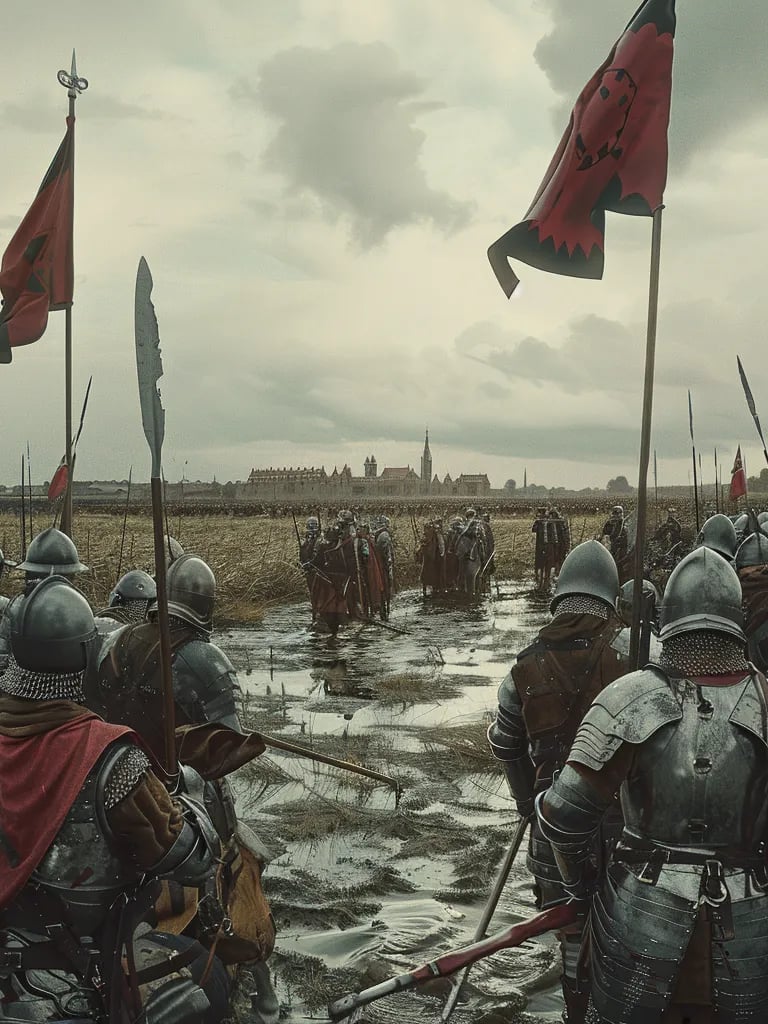

Jeanne Mance established the Hôtel-Dieu de Montréal, North America’s first lay hospital, to provide care for the sick and poor in New France. This institution played a critical role in developing early healthcare systems in Canada, serving as a cornerstone for the growing settlement of Montreal. It symbolized compassion, dedication, and the importance of public health in colonial society.


1645 – Founding of Hôtel-Dieu de Montréal


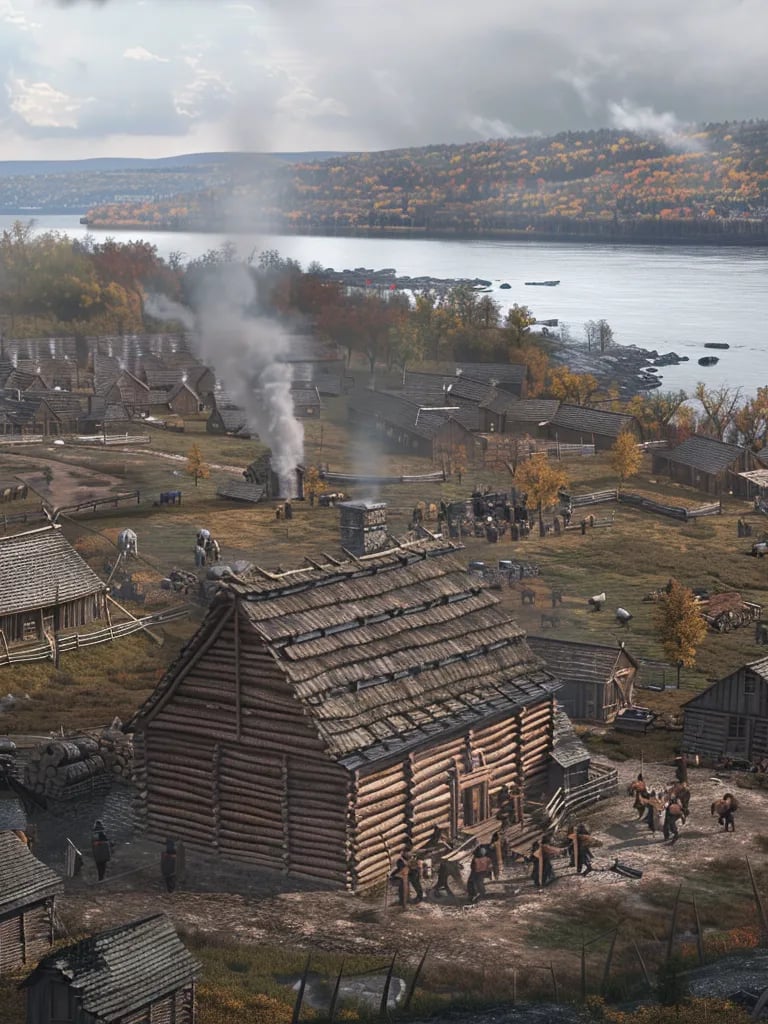

During Peru’s War of Independence, the Peruvian Navy was established to counter Spanish control of the seas. This new naval force became a vital tool in securing maritime dominance and aiding the liberation movement. Its creation marked a significant step in Peru’s journey toward independence, laying the foundation for the country’s modern naval forces and securing national sovereignty.


1821 – Establishment of the Peruvian Navy
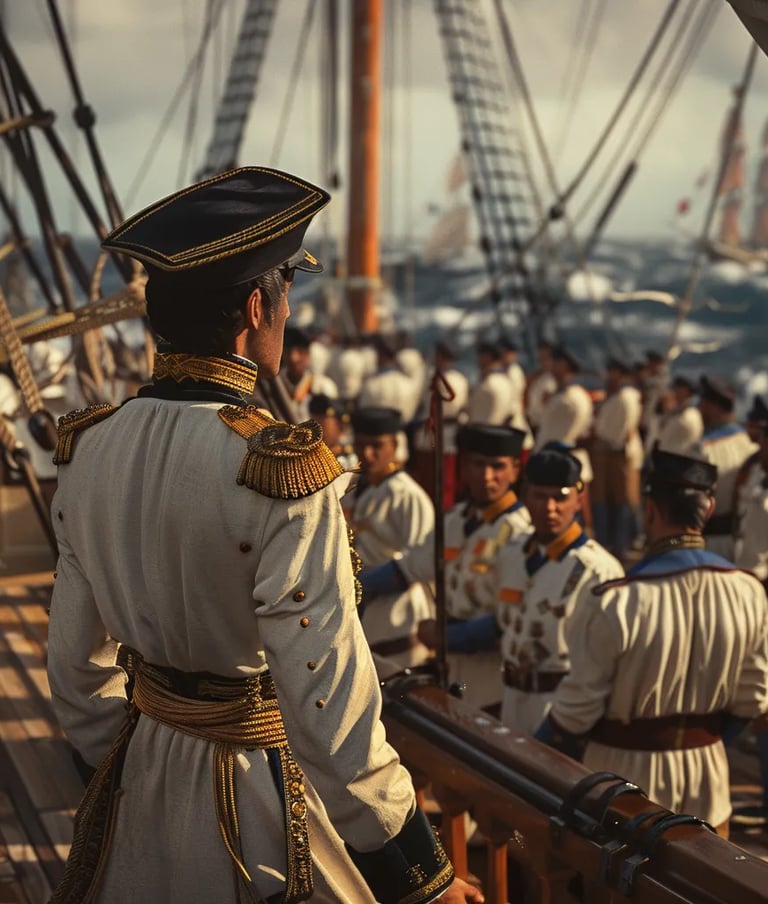

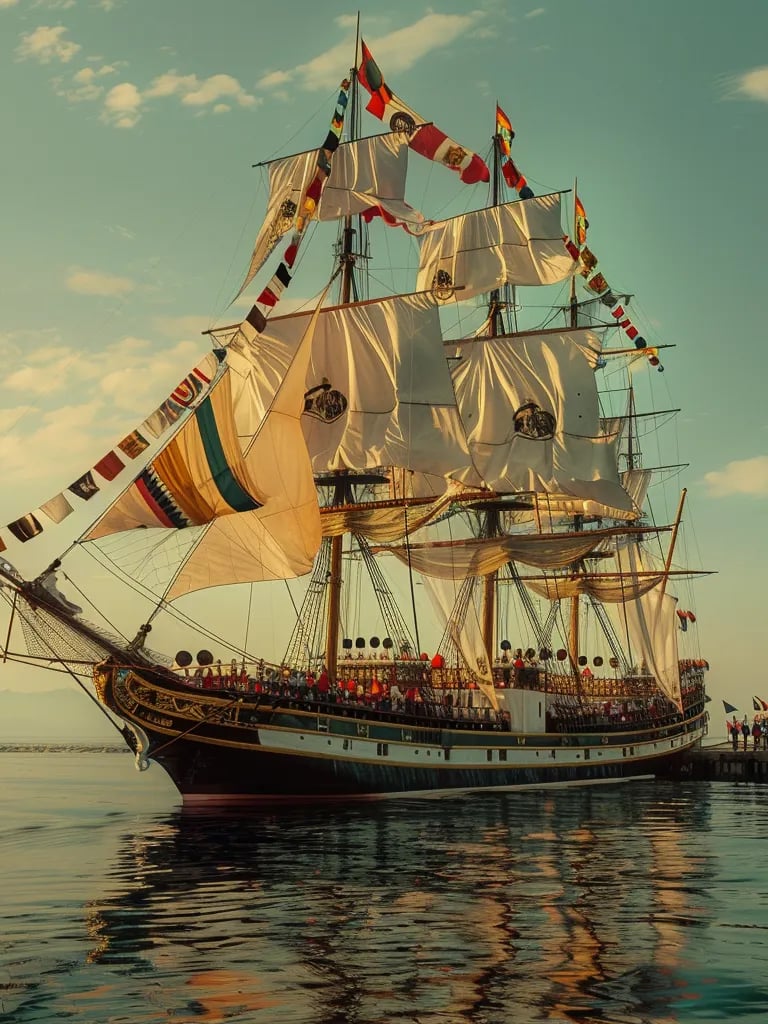

The U.S. Army organized the first transcontinental air race, with pilots flying between San Francisco and New York. The event demonstrated aviation's potential for long-distance travel and its growing importance in modern transportation and military strategy. Lieutenant Belvin Maynard's victory highlighted advancements in aviation technology, fostering public interest in aviation and paving the way for its commercial and military development.
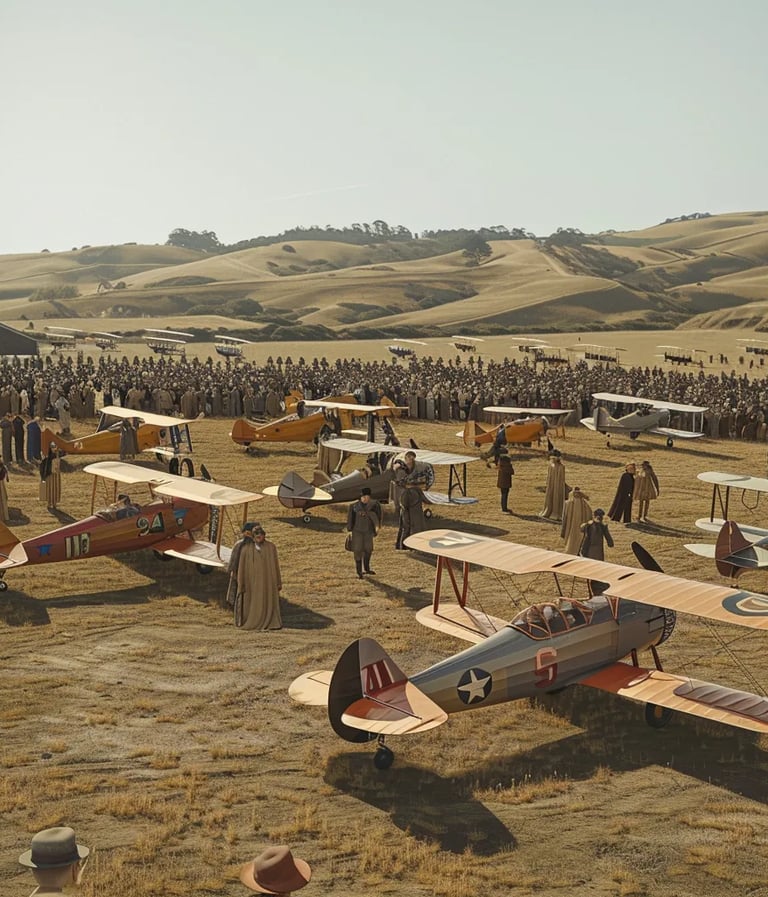

1919 – First Transcontinental Air Race
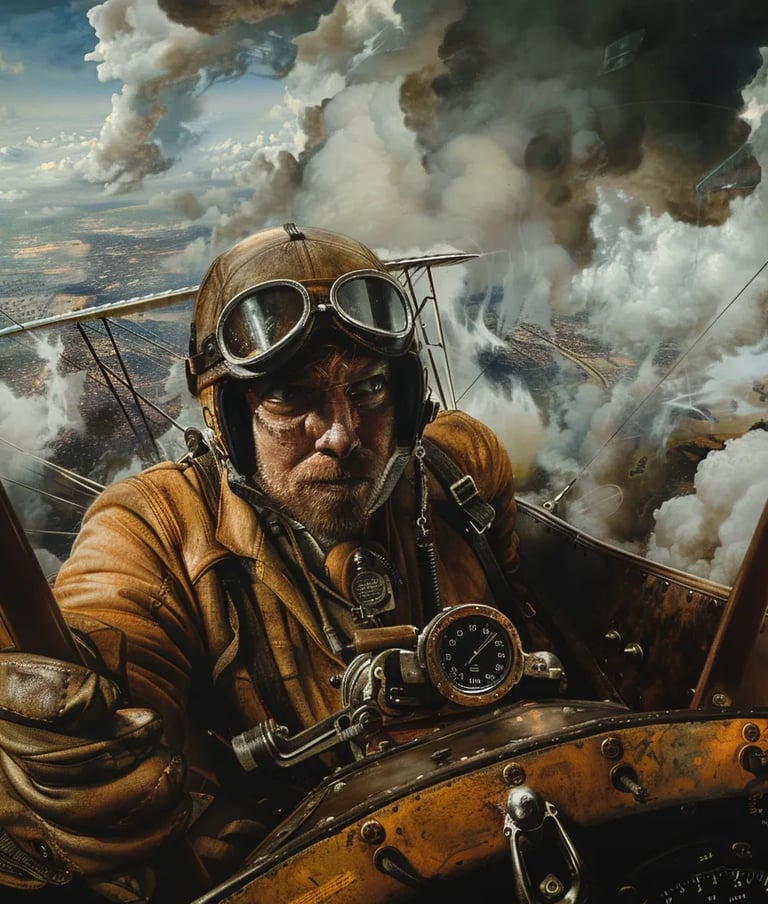

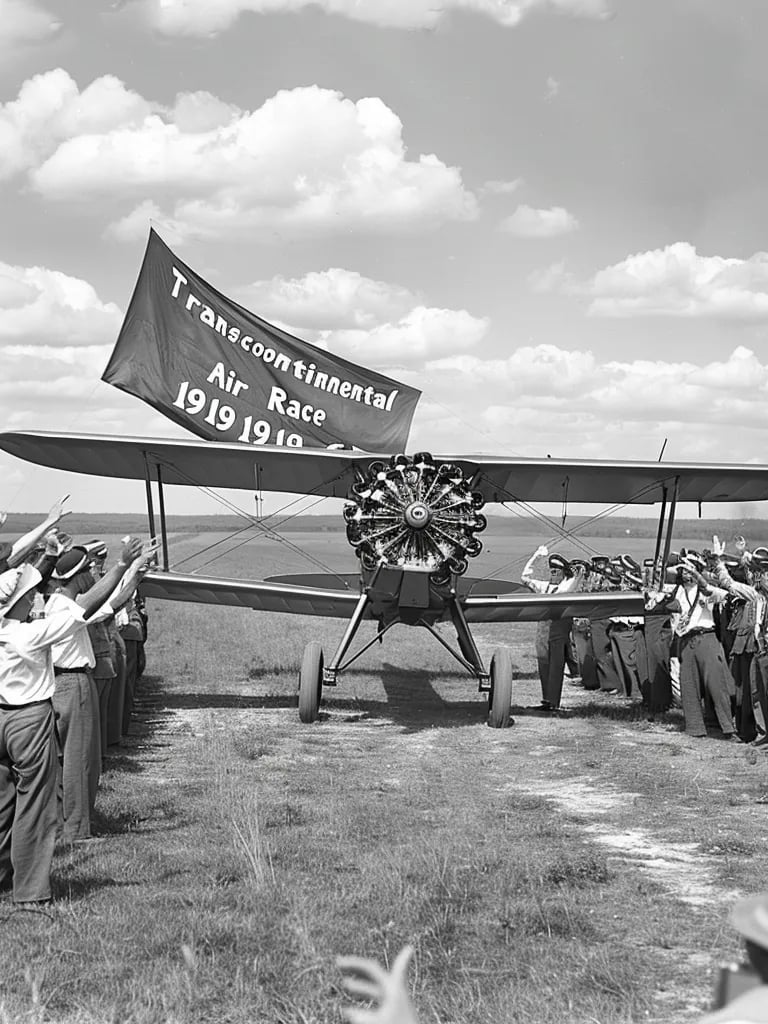

Che Guevara, the revolutionary leader, was captured by the Bolivian army while leading a guerrilla movement in South America. His capture marked the end of his efforts to incite revolutions and spread Marxist ideologies. The subsequent execution of Guevara transformed him into a global symbol of revolutionary struggle, inspiring future movements while solidifying his legacy as a controversial yet iconic figure.
